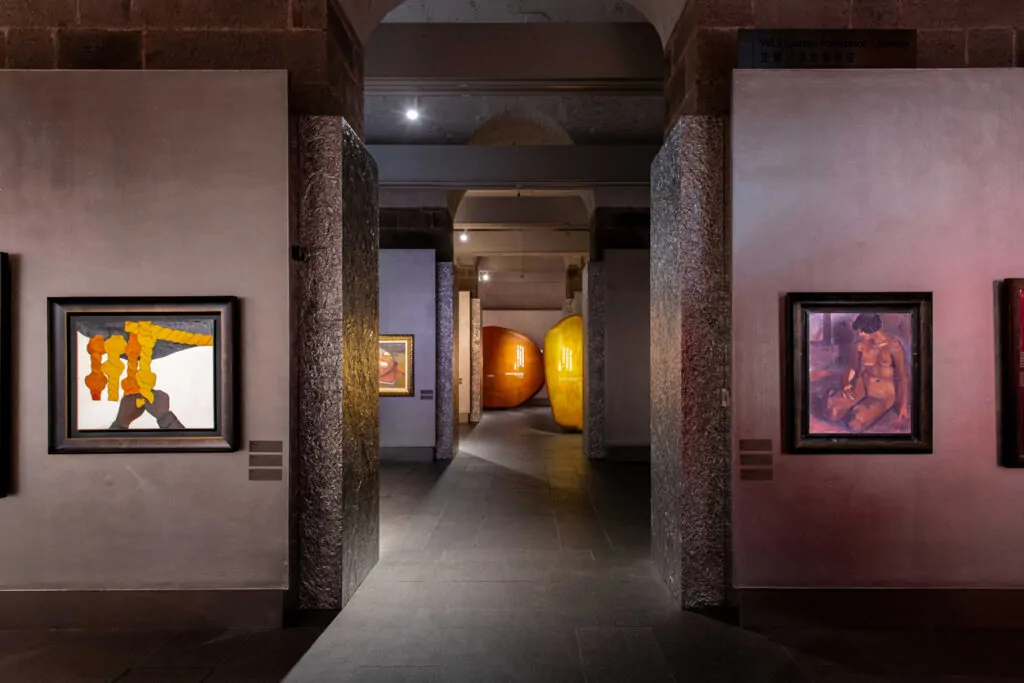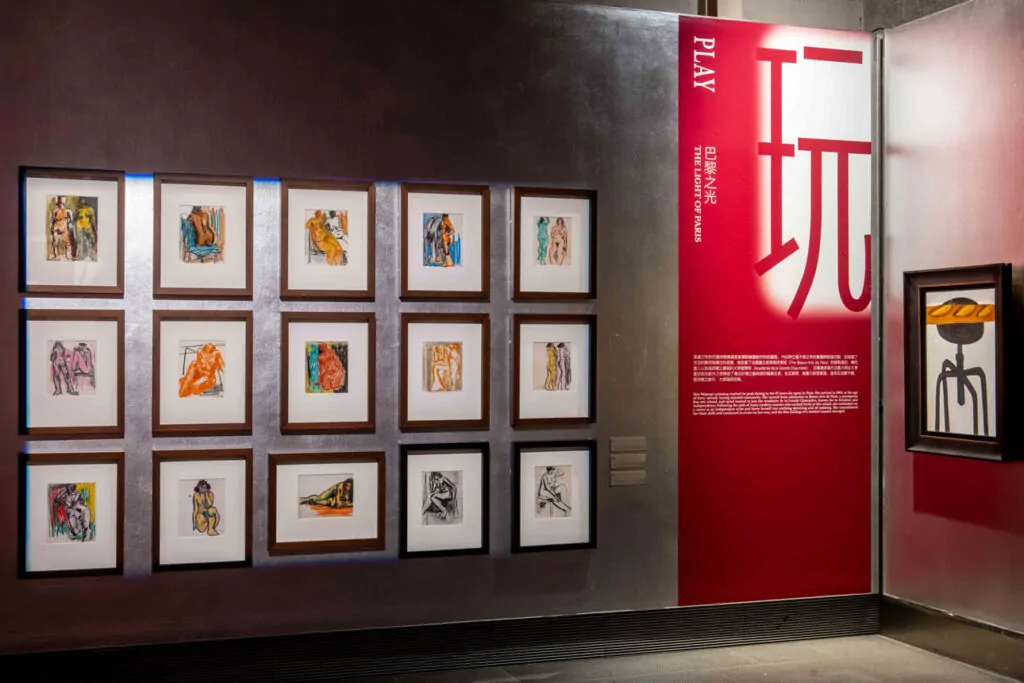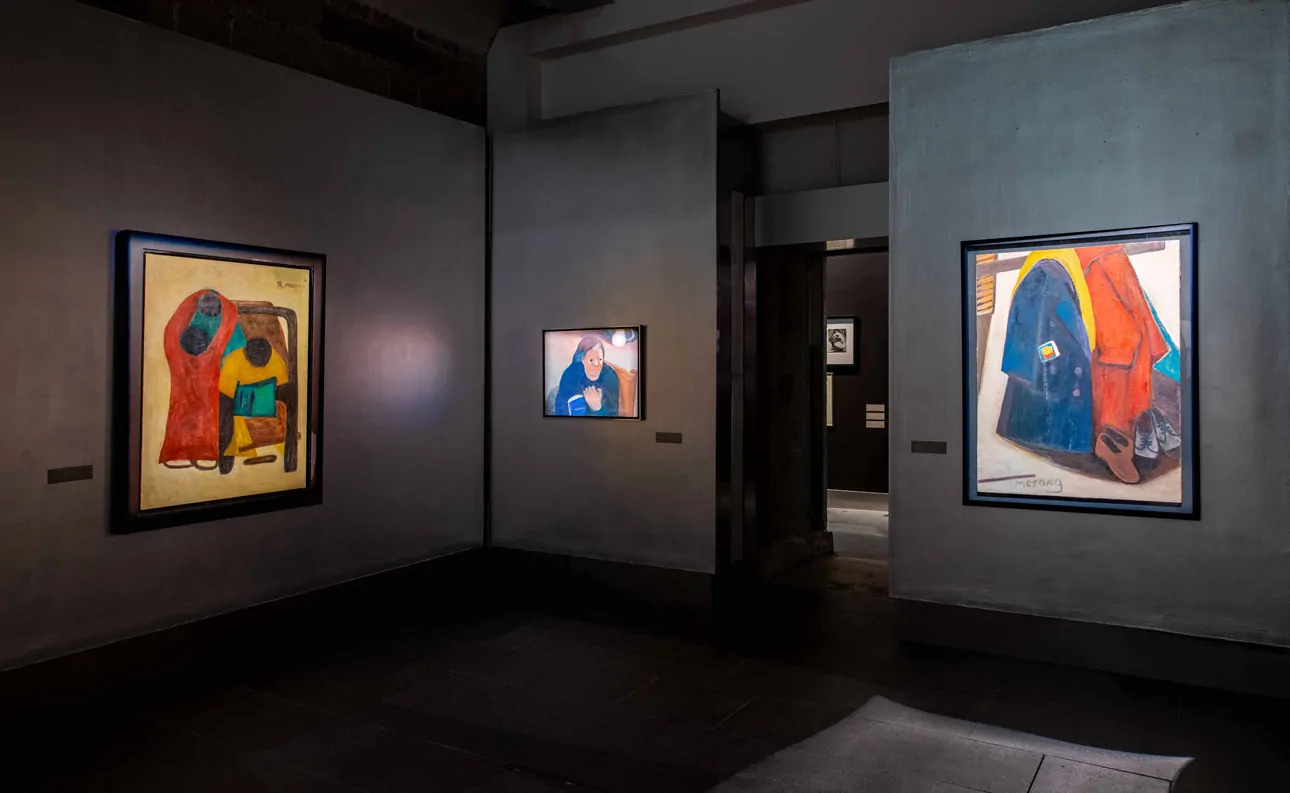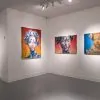Hoo Mojong: Objects of Play Centennial Retrospective
26th March, 2025 – 6th July, 2025
Asia Society Hong Kong Center
Hong Kong, China
A Landmark Retrospective in Hong Kong Reconsiders the Overlooked Legacy of Modernist Painter Hoo Mojong, Showcasing a Century of Artistic Exploration Across Continents.
Objects of Play: Hoo Mojong Centennial Retrospective will open at Asia Society Hong Kong Center on March 26, 2025, marking one of the key exhibitions during the 2025 “Hong Kong Super March” and Art Basel Hong Kong.
As the fifth installment of Asia Society Hong Kong Center’s Chinese Contemporary Female Artist Series, this retrospective is not only Hoo Mojong’s (1924–2012) first major institutional solo exhibition in Hong Kong but also a significant international re-examination of the artistic legacy of this pioneering modernist.

Foundation and Asia Society Hong Kong Center.
The exhibition will bring together nearly one hundred representative works spanning Hoo’s almost century-long life and artistic career, including oil paintings, drawings, prints, and rare archival materials. Through the lens of Global Multi-modernism, the exhibition highlights her unique contributions to 20th-century modern art history.
This major retrospective is co-organised by Asia Society Hong Kong Center and Bao Foundation, and curated by Valerie Conghui Wang, the Director of Bao Foundation and the Director of Zhi Art Museum.
This exhibition not only fills a gap in Hoo Mojong’s international institutional recognition but also marks the official launch of Bao Foundation, founded with a vision of reimagining the “East.”
Centennial Retrospective: A Forgotten Asian Female Modernist Artist
Hoo Mojong’s life spanned multiple cultural contexts. Born in Ningbo and raised in Shanghai, she later lived in Taipei, São Paulo, and Barcelona before settling in Paris, where she created art for 37 years. Actively engaged in the Parisian modernist art scene, Hoo received widespread recognition in Europe.

However, unlike fellow Chinese émigré artists such as Zao Wou-Ki and Chu Teh-Chun, her work has not been systematically studied, classified, or defined within international art historical discourse.
While influenced by European modernism, Hoo was a trailblazer in her day, developing an artistic language that transcends the East-West cultural synthesis framework, and was never fully integrated into the mainstream discourse on global modern and contemporary “women’s art.” This exhibition not only traces the evolution of her art but also seeks to reconsider her position within the narrative of modernism.
The exhibition curation is structured around five simple verbs, each serving as a thematic anchor reflecting Hoo Mojong’s artistic evolution, life journey, and philosophy:
- ROAM: The Lone Traveler – Early years of traveling the world, forging an independent artistic vision.
- PLAY: The Light of Paris – Developing a unique modernist language in France’s vibrant artistic atmosphere.
- REFINE: The Eternal Everyday – Drawing inspiration from ordinary objects, discovering the divine in everyday life.
- RETURN: The Flowers of Home – Reconnecting with her Eastern heritage, redefining her spiritual ties to her origins.
- ETCH: The Queen of Copperplate – Breaking the boundaries of traditional printmaking, pioneering new visual expressions between East and West.
Inspired by recurring motifs in her works, the exhibition design merges Hoo Mojong’s artistic essence with an immersive spatial experience. +c architects abstract her depictions of everyday objects—apples, bread, pumpkins, etc.—and transform them into large-scale installations, creating a dynamic spatial dialogue between the viewers and her work.
The colour palette embraces her signature earthy tones of reddish-brown, ochres, and turmeric yellows, combined with shifting light and shadow, allowing visitors to experience her visual language and spiritual world as they move through the space.

Foundation and Asia Society Hong Kong Center.
The exhibition will feature several major works by Hoo Mojong, including:
- Toy Series (1968)
Created the same year she won an award at “Salon des Femmes Peintres” in Paris, this series established her position in the European art scene. - Two Baskets of Apples (1978)
Exhibited publicly for the first time, this large-scale work captures ordinary objects and everyday simplicity, creating a quiet, introspective space that is personal yet universal. - Squat (1970)
A modernist masterpiece infused with Eastern minimalism. The portrait features a sculptural structure and fluid brushstrokes that refine its radiant texture. - Buy Bread (1972)
A representative piece of her printmaking practice in Paris. Her prints bear striking similarities to Western contemporaries, yet remain distinctly Eastern in sensibility. The exhibition includes sketches, copper plates, archival materials, and prints, illuminating how she expanded the expressive boundaries of modernism through printmaking.
Since its establishment in 2017, the Asia Society Hong Kong Center’s Chinese Contemporary Female Artists series has presented solo exhibitions of pioneering female artists, including Fang Zhaoling, Pan Yu-Lin, and Irene Chou.
Hoo Mojong: Objects of Play Centennial Retrospective opens on the 26th of March, 2025 until the 6th of July, 2025 at Asia Society Hong Kong Center
©2025 Asia Society Hong Kong Center





